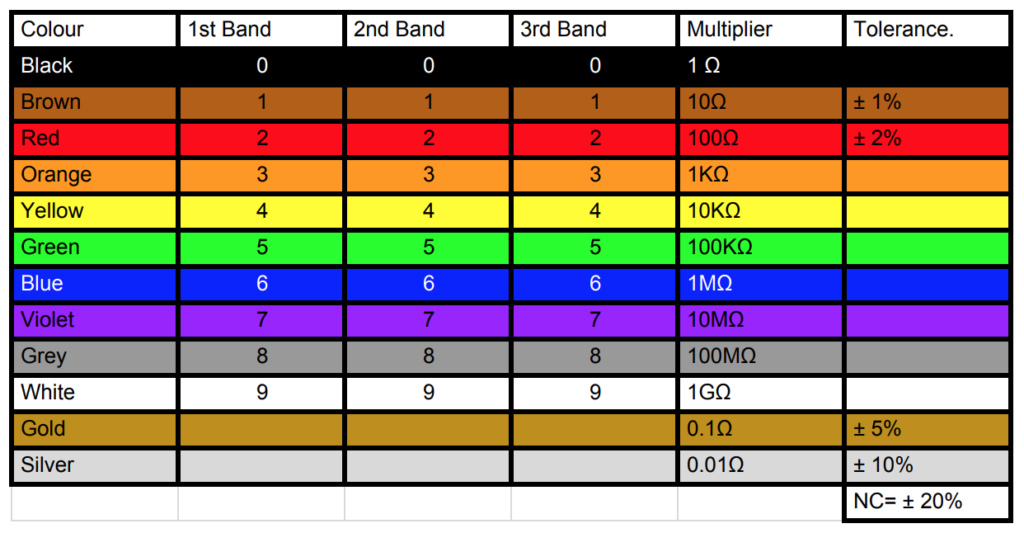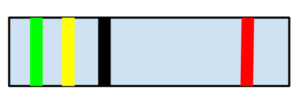Basic Electrical Units
Resistance and Resistors
Test your knowledge!
Before starting the chapter, let’s see how much you know.
Resistance is the restriction of the flow of electrons. Resistance is the opposite of current. As an analogy, think of a river flowing fast with no obstructions (current through a wire). When the water comes to a point where there are huge rocks and trees (resistance), the water loses its speed and energy.
If the resistance in a circuit increases, the current will decrease.
Resistance is designated with R and its unit is the ohm (Ω).
A resistor is a device designed to produce resistance. Resistors can be used to limit current, divide voltage, or generate heat.
There are two main types of resistors: fixed and variable.
Fixed resistors have a certain amount of resistance and cannot be changed. They are available in a wide range of varying resistances. Different types of fixed resistors include carbon-composite, metal film chip, chip array, resistor network, and radial-lead for PC board. The most commonly used resistor is the carbon-composite resistor, pictured below.

Each fixed resistor has its own unique value, as well as a tolerance value of either 5% or 10%. Depending on the type of resistor you have, you can check its value by the coding on the outer shell.
The colour-coded carbon-composite is the most popular. There are four colour bands.
- Start with the band closest to one of the terminals of the resistor. The first colour is the first digit of the value.
- The second colour represents the second digit of the value.
- The third band represents how many zeros follow the second digit (in other words, the multiplier).
- The fourth band represents tolerance in percentage. This is usually gold or silver. If a fourth band does not exist, then the tolerance would be 20%.

On a resistor using a four-band code, the first two bands are the numbers used, the third band is the multiplier, and the fourth band is the tolerance.
On a resistor using a five-band code, the first three bands are the numbers used, the fourth band is the multiplier, and the fifth band is the tolerance.
Examples!
As an example, the four-band resistor below would have a value of 54 Ω ±2%


Variable resistors are used when it is necessary to change the values of a resistor easily. The two main uses of a variable resistor are as a potentiometer and a rheostat.
A potentiometer is a device with three terminals used to divide voltage in a circuit. Two of the terminals have a fixed resistance between them, while the third is connected to a wiper, or moving contact. Pictured below is a cutaway of a potentiometer.
Image hotspot!
Click on the “+” for more information.
A potentiometer is often used to tap off different voltages for measurement. They are sometimes used for control on the variable speed drives of DC machines or for adjustments in electronics.
A rheostat is similar in that it has a varying resistance; however, a rheostat is generally beefier and is used to control current in a circuit.

